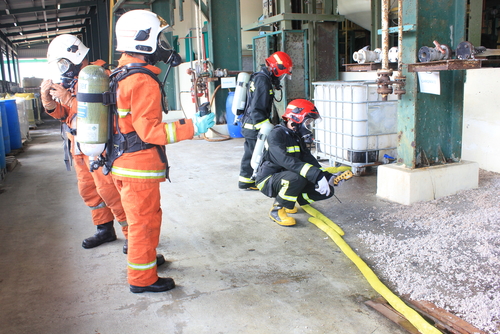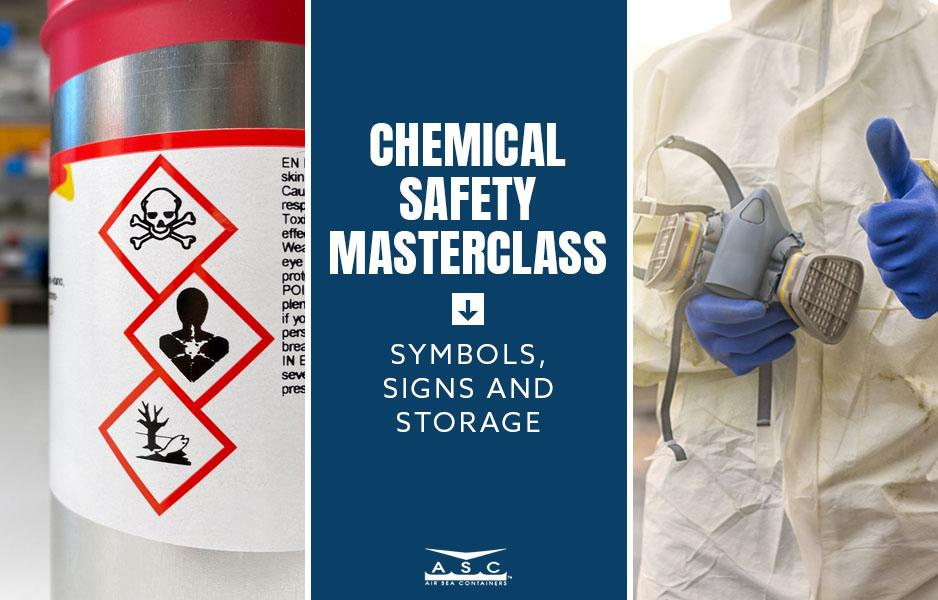If you are involved in the transport of dangerous goods or hazardous materials, being familiar with the “Emergency Response Guidebook” is essential. This book serves as a “guidebook for first responders during the initial phase of a dangerous goods/hazardous materials transportation incident” and is used in the United States, Canada and Mexico by emergency responders — including police officers, firefighters and paramedics — when there is a transportation emergency that involves hazardous materials.
The “Emergency Response Guidebook,” or ERG, provides guidance primarily for incidents involving hazardous materials that occur on highways and railways, but it is also relevant to incidents that occur when materials are transported by air, sea or pipeline.
Because the ERG provides vital information that helps first responders know how to act during accidents involving hazardous materials, “Emergency Response Guidebook” training is vital.
Why the “Emergency Response Guidebook” Is Important
When disaster strikes, you need to know what to do. Since the U.S. Department of Transportation first released the ERG in 1973, it has been used to help first responders handle countless accidents involving hazardous materials and dangerous goods.
The ERG provides vital information to emergency responders as well as anyone who works with or could be exposed to hazardous materials or dangerous goods. It is extremely important, however, to know how to use this valuable guide before disaster strikes. Proper training ensures that first responders and people working with hazardous materials know how to use the guidebook to determine the correct procedures for dealing with emergency incidents.

Familiarizing yourself with the “Emergency Response Guidebook” allows you to pre-plan how to respond to the hazards associated with working around dangerous goods and hazardous materials. This guide helps you identify potential hazards while providing vital information regarding fire extinguishment, first aid and evacuation distances to ensure the safety of yourself, other workers and members of the community. The most recent version of the ERG contains an updated list of all dangerous goods from the United Nations and well as a hazmat placard guide to help you determine what is contained within an IBC, drum or other container.
Color-Coded Sections
The “Emergency Response Guidebook” contains color-coded sections that enable you to look things up quickly without knowing a page number. Proper training ensures that first responders and workers are familiar with what is covered in each section.
If the only thing you know about a spill is the material’s UN number, the yellow section can help. In this section, you can look up the physical name and guide number for any material using only the UN number.
The blue section contains an alphabetic list of chemicals by name. This section also contains cross-references to UN numbers for materials, as well as the guide number associated with each material. When using this section, be careful to match the spelling of the chemical name. Several chemicals have similar names and spellings, so it is crucial to be sure that you are looking up the correct one.
Any chemicals in the yellow or blue sections that are highlighted in green are toxic inhalation materials, or TIH. These materials have their own initial isolation distance and specific information regarding protective action distance, so be sure to pay extra attention to anything that is highlighted in green.
The orange section is the meat and potatoes of the ERG. There you will find information on the primary hazards associated with various materials as well as initial emergency response procedures. First aid measures, fire control, PPE, spill control and evacuation distance information can also be found in the orange section.
Located in the front of the guide, the white section includes specialized items that may be of interest in certain industries. Here you will find information regarding trailer identification, hazmat placards and hazard classes, and pipeline information. There are also white pages located in the back of the book that provide information regarding boiling liquid vapor explosions, explosives and a glossary.
“Emergency Response Guidebook” Training

Training employees and first responders how to use the “Emergency Response Guidebook” ensures that they will know what to do if or when disaster strikes. Knowing how to access and use the information contained within the guide helps protect employees and members of the community while minimizing the damage caused by an incident involving dangerous goods or hazardous materials.











